Shein is a Chinese fast-fashion company that has made incredible impacts in the provision of good quality clothing that are affordable. However, there’s more to Shein’s meteoric rise, its sleek branding, and inexplicably affordable clothes than many might imagine. In this blog, I will explore more about Shein production lines, the workers that create Shein garments and apparel.
Understanding of Fast fashion brands
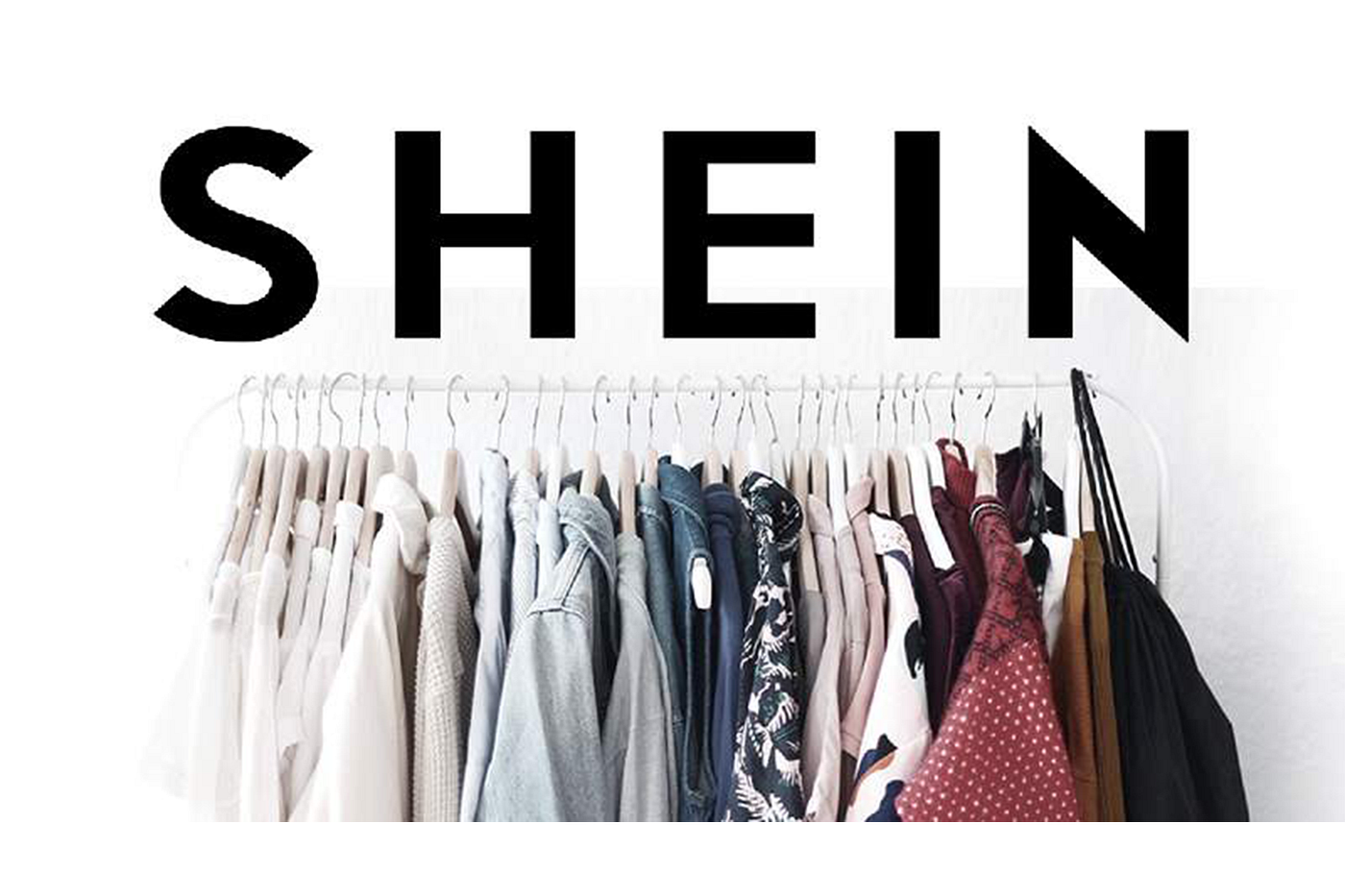
Brands such as Shein, Zara, H&M are prime instances of the fast fashion apparel model that constitute mass production, replicating current trends. This model enable these brands to introduce trends and cheap apparel to the market in a very short span of time.
Shein, especially, has become one of the major players in the fast fashion industry as Her ads depends on digital sales, and shein drops thousands of new clothes every day and dominating the social media platform with beautiful influencers. Still, ultrashort cycles and associated low costs in production have drawbacks.
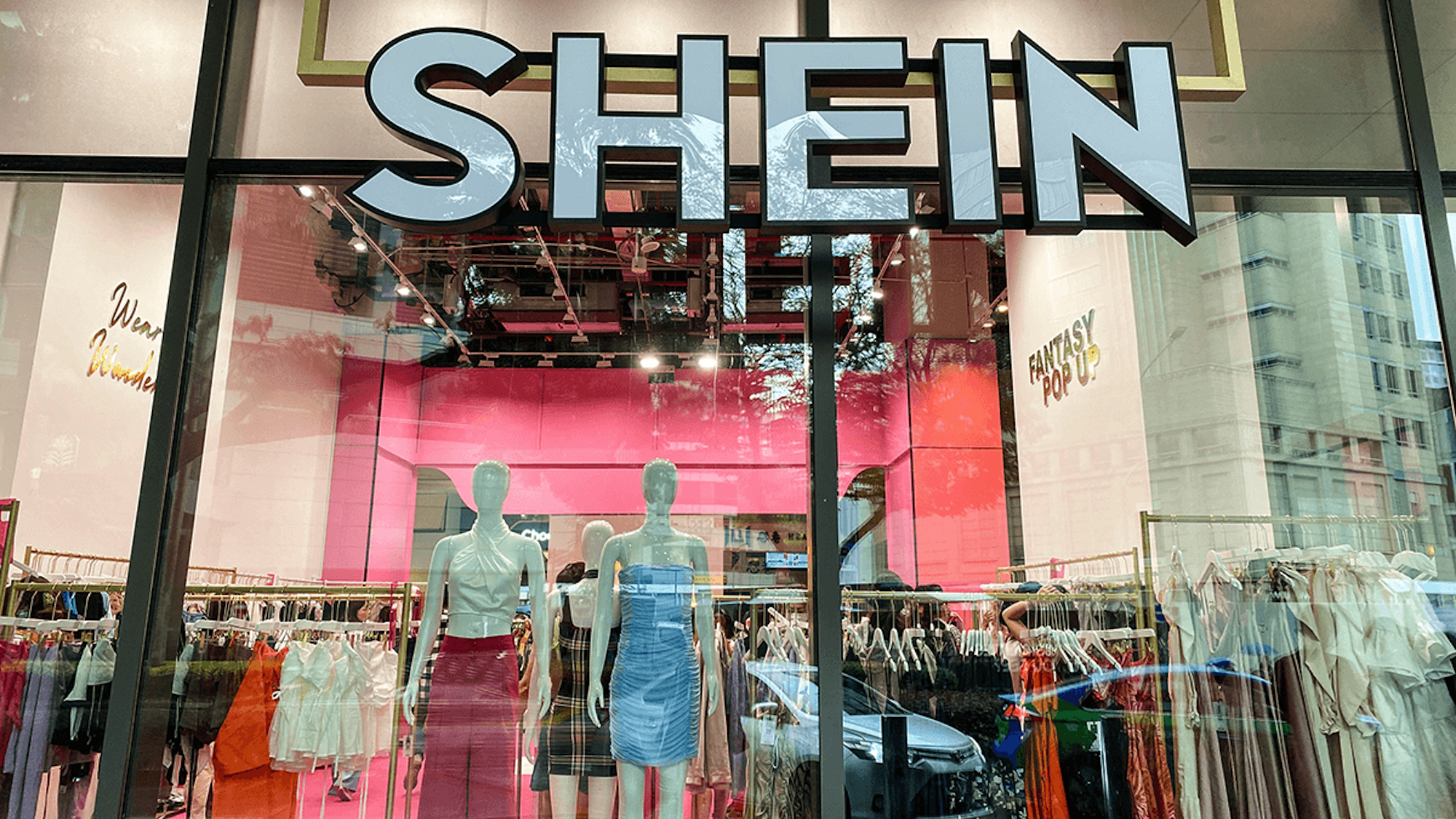
Some people note that fast fashion leads to abuse of workers through having them work under appalling conditions, upon little pay with emphasis being given to the production of clothes in sweatshops notably in the developing world. In addition, the green influence is significant because the fast fashion companies industry is a global polluter of both carbon dioxide and water, and it contributes to excessive textile waste. However, this is viewed as a drawback since the growing consumer awareness creates pressure on these brands to embrace more sustainable/ethical operations.
What is shein?
Shein is an online fast-fashion company which originates from china; it offers its customers a wide variety of affordable clothes. Founded in 2008 and currently interestingly in a highly populated fast fashion brand niche, a strategic competitive complementary market niche of sustainable fashion lovers, youth population, a fast-changing fashion dynamism of youthful attire, accessories, beauty products, cosmetics, and fragrances and has 6,000 suppliers in China.
This company is distinctive for its cutting-edge advertising campaigns, which target multiple customers through eminent social media sites and opinion leaders. While operating and gaining traction in the market, Shein has faced controversy regarding its alleged forced labor and rights violations and its environmental policies in the same manner as other fashionable fast-fashion businesses.
The Emergence of Shein
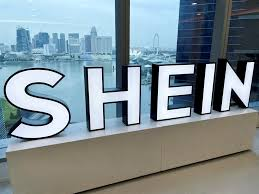
Shein started its journey as a small apparel brand based in China in 2008 and presently, it is one of the largest fast-fashion firms within the online platform. The company has experienced a source of fast growth due to the available resources that enable it to produce relatively cheap clothing goods based on current fashion that through integrated data analytical and online marketing techniques.
Shein’s model is based on the rapid replenishment of the company’s stocks, which helps the company bring popular items to the market more often at lower prices, adapting to the tastes and demand of a young and fashion-conscious audience in different countries. The brand has established the use of social media platforms and influencer marketing to increase the standing of online retailer and sales of the product, though they have come under increased criticism for their environmental policies and manufacturing processes.
The supply chain partners of the Shein
It is common knowledge that Shein has a complex supply chain system that is centralized, albeit involving several manufacturers, mostly from China. This company sources its clothes through several thousand contractors, which can produce limited quantities of some items and send them to stores where prospective consumers can try them on, and then base volume production on the resultant sales data. About this network the company, Shein claims it can keep relatively small an amount of stocks and provide a rather high level of wastage, and the constant changes in the sphere of fashion.

However, critics of this model argue that there is significant lack of transparency and accountability since the supply chain network provides only a generalized view of suppliers which can be misleading when it comes to evaluation of working conditions and supposed compliance to environmental standards. Some of these collaborations have raised eyebrows because some manufacturers associated with Shein have been accused of mal-governance standard than the usual ethical conduct expected today’s modern retail global market hence attracting controversies and accountability on Shein’s supply chain management.
Key Characteristics of Shein’s Business Model
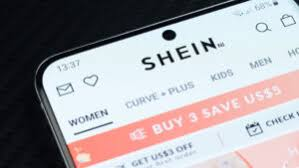
Shein’s business model is a prime example of modern fast fashion companies, characterized by several key features that drive its shein’s success and scalability:
Rapid Production Cycle
New product developmental for Shein means being able to quickly produce cloths, shoes and accessories following the existing fashion trends and the ever changing customer needs. Ideally, the figure reveals that switching from design to availability of product offering on the website is possible within a week or, at most, a few weeks For this reason, shein began that featured designs should be put up for sale before customers lose interest in them.
Extensive Range of Products
More so, Shein is one of the online stores that provide numerous products for individuals to choose from, and currently, the store updates its range quite often. This wide selection good quality, low pricing, also guarantees customers there is always an upgrade, and the new versions are compelling enough for them to consider revisiting the site.
Aggressive Pricing Strategy
It explains that Shein the women’s clothing is affordable that is, available at low prices to anyone who wants affordable and trendy products specifically targeting the youthful people who are more conscious of the price they are charged.
Targeted Marketing
Clothing brand Shein’s parent company doesn’t have a stable physical store presence but it brand actively uses social media platforms, especially Instagram and TikTok, and collaborations with fashion bloggers and influencers. With the use of this marketing approach accused shein, it can ensure that it continues promoting its vast list of products as well as ensure consumers remain interested in the trendy fast fashion brand.
Data-Driven Operations
Data collected by the company is then analyzed, which helps Shein forecast the customers’ demands, manage inventory and deliver targeted campaigns. This approach is beneficial in that shein clothes they do not overproduce goods that may not sell quickly and also, they ensure that products that are frequently purchased are available in stores.
Global Reach, Localized Approach
Although Shein is international it adapts regional market trends in respective countries to satisfy customer demands where the parent company applies an online presence that changes its content based on consumer interest and on the users’ location.
Customer Engagement
Shein’s followers involve its customers in reviewing the products, interacts on its social media marketing platforms and responds to service inquiries, thereby creating a society around its brand. This not only strengthens customer loyalty, but it also allows for the provision of feedback relevant to product updates and services.
Who makes shein clothes?
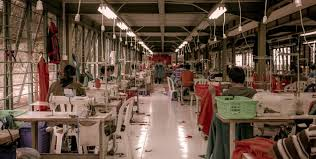
The main provider is third-party suppliers and factories which are the suppliers facilities mainly situated in China for Shein clothing products. These suppliers and manufacturers can be classified as the members of the highly adaptable and timely oriented supply chain that enables Shein quickly respond to the trends in clothing production. This particular system focuses on making several forms of different products in an effort to gauge the acceptance of the goods before going through the manufacturing of large quantities of the products. However, some issues arise with the suppliers working Shein’s supply chain; shein has reported that she is unaware of these suppliers, and the anonymity is difficult for her to monitor their labor conditions and make sure they meet the international ethical standards.
The People Behind the Clothes
The clothing that is sold at Shein is created by a large and complex population of workers in factories mainy in China. Laborers involved in these sectors are operating in a web like and rather mysterious supply system where apparels and garments are quickly produced in an attempt to capture the newest fashions. According these investigative reports, many of the workers experience hardships such as working long hours as well as earning less pay. The fast expansion of Shein’s suppliers claims has led to growing concerns over treatment of these workers mostly in the enforcement of the labor law violations, standards and general working conditions in the supply chain households.
Environmental Impact
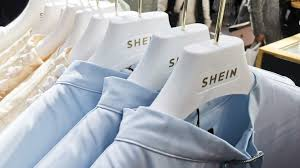
On this concept Shein has a problem because shein produces the fast-fashion business model is very problematic for the environment. The rapid production cycles and the use of synthetic materials contribute to several environmental issues:
- Textile Waste: It should also be noted that the industry and the participants, including Shein, categorically contribute to the production of textile waste. The “take-make-dispose” system contributes to clothes being thrown away after only a couple of wears, ultimately causing an increase in the amount of world waste.
- Carbon Emissions: This make[s] wearing Shein clothing glaringly associated with high carbon footprints on production and transportation alone. Shein’s fast fashion production is a lengthy process that adversely contributes to greenhouse gas emissions, and the fashion industry is a key polluter across the world
- Water Pollution: The textile dyeing processes that are employed in a system of fast fashioning are significant water pollutants. These processes release toxic substances into the water systems including water bodies where they pollute aquatic life and the people living around these waters sources.
Regulatory Responses and Public Perception
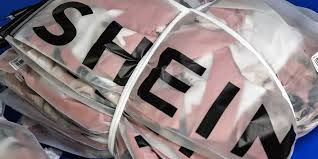
Thus, it could be argued that Shein arrived at the curtain time in the global market, which spurred several regulatory actions and handed considerable impact on public perception. Apparently, as concerns regarding labor practices and negative environmental impacts have grown, established supervisory bodies in a number of countries have become increasingly suspicious of Shein’s factories and chinese labor laws. For example, debates on increasing pressure on fast fashion firms are now actively discussed in the EU and the US regarding strict regulation of irresponsible behavior in the textile sector, labor rights, and damaging the environment. Such potential regulations could make it necessary for Shein and other clothing companies to adjust to a brand new coding system in terms of new supply chain standards.
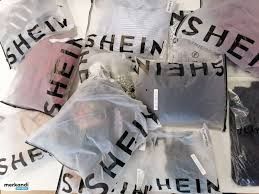
Controversial opinions persist as to the true identity of the Shein products. As a result, this fashion brand is still in demand due to its design and cheapness, but customers increasingly report that they are environmentally and socially responsible. Consumers and consumer rights organizations have called for change where Shein needs to become more concise with production procedures of their products to cut costs and establish better standards of production without harming the environment further. On social media platforms, awareness creating campaigns have also been effective in putting pressure on companies through consumer demands and appeals for answers from various companies which changed the minds of some consumers and made them switch to a sustainable option. All these serve to create a rich public image through which Shein has to operate as it strives to defend its market share and strive for the solutions to these critical issues.
Conclusion
The successes and failures displayed by Shein in the process of achieving its popularity in the world of fast fashion reflect multiple issues inherent in this industry. While today this company provides customers with modern and extremely cheap, clothing, it is also criticized for labor rights violations fair wages and environmental responsibility. In light of consumer consciousness and regulatory scrutiny, Shein and other fast fashion brands will endeavour to address these concerns so that the fashion industry becomes not only fast but fairer too, globally.


